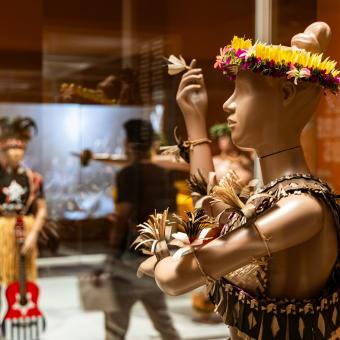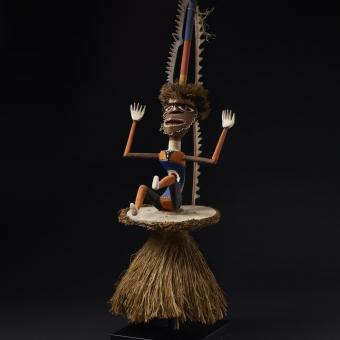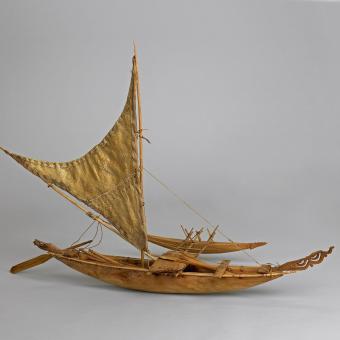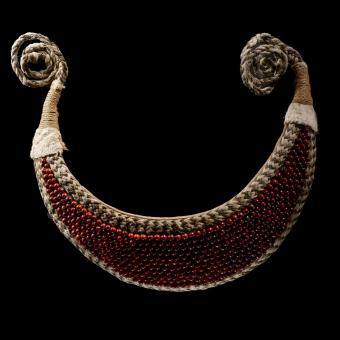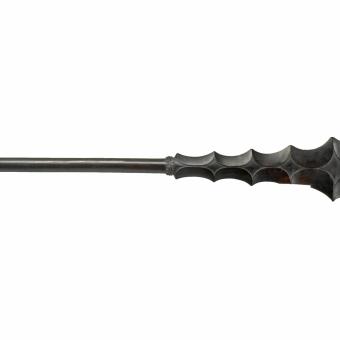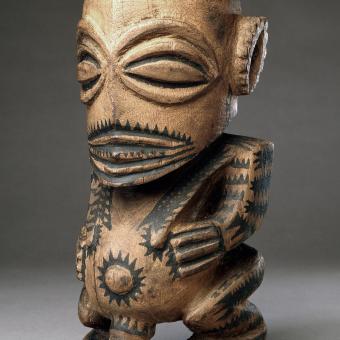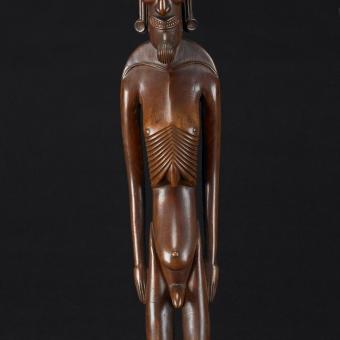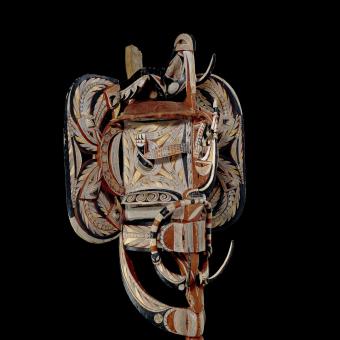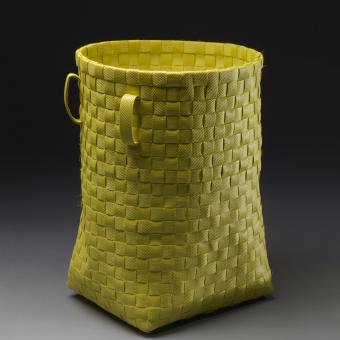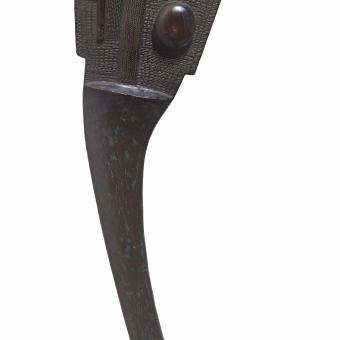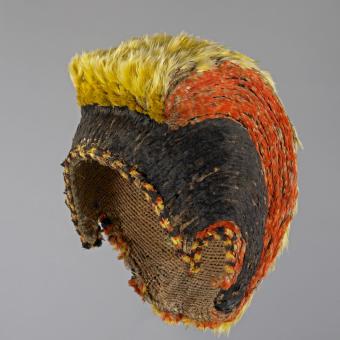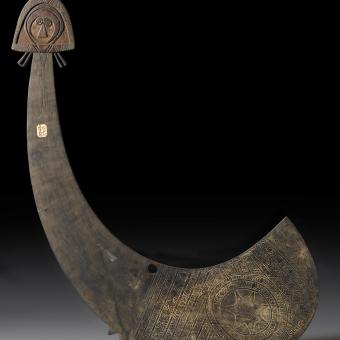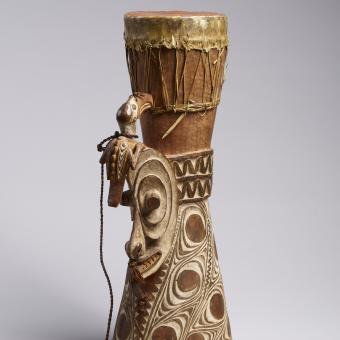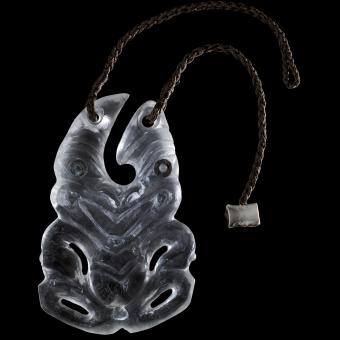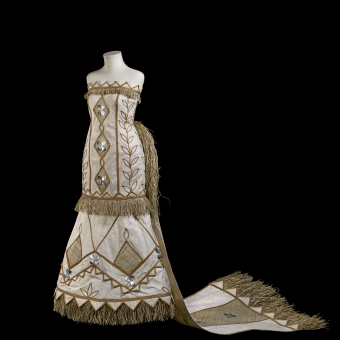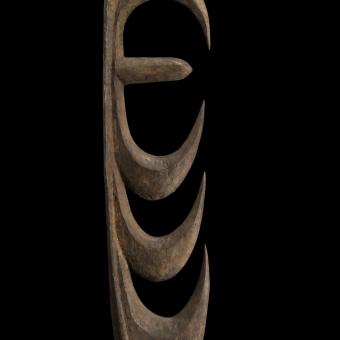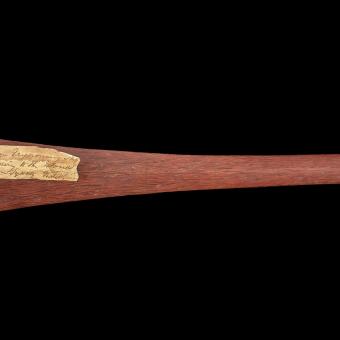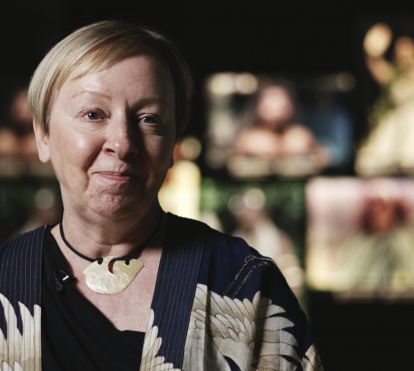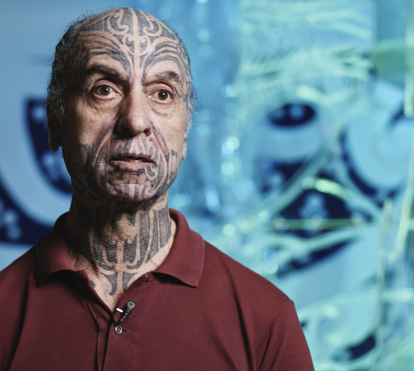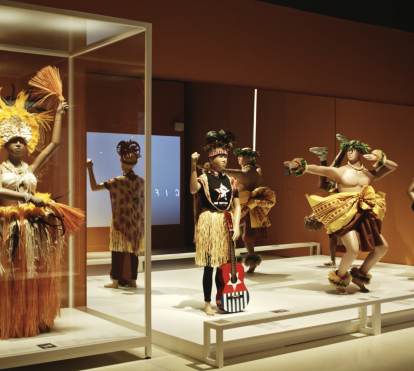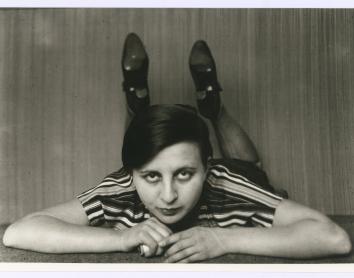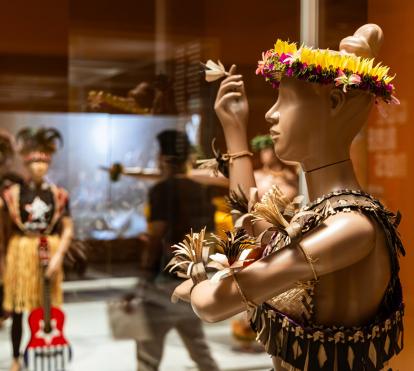
CaixaForum Madrid explores the artistic richness of Pacific cultures
27.05.25
6 minutes readVoices of the Pacific. Innovation and Tradition highlights the richness and diversity of the artistic traditions of the inhabitants of the Pacific Islandsthrough 210 objects, the vast majority of which come from the British Museum’s collection, one of the most significant of it’s kind outside of the Pacific. It is structured around seven thematic areas and includes a parallel universe of activities to enrich the visitors' experience.
The director of CaixaForum Madrid, Isabel Fuentes, and Dr Julie Adams, head of the Oceania section of the Department of Africa, Oceania and the Americas of the British Museum have, this Tuesday, presented Voices of the Pacific. Innovation and Tradition, a comprehensive exhibition showcasing the brilliance and artistic vitality of the Oceanic peoples, which will be on view at the cultural centre until 14 September.
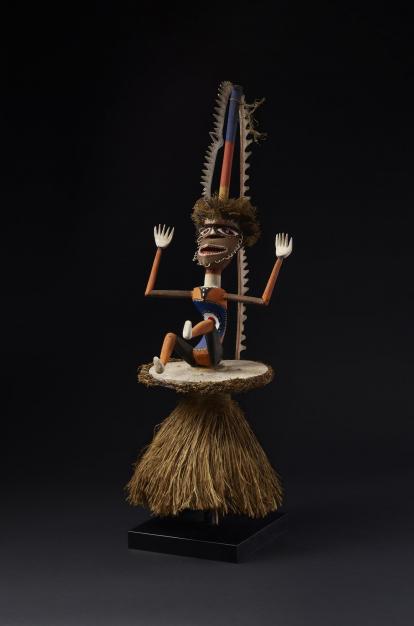
This is the eighth collaboration between the ”la Caixa” Foundation and the British Museum, made possible through the strategic partnership maintained by the two institutions. It has allowed audiences in Spain to enjoy a wide range of exhibitions, including: The Pillars of Europe. The Middle Ages at the British Museum – on medieval art and culture; Agon! Competition in Ancient Greece; Pharaoh. King of Egypt; Luxury. From the Assyrians to Alexander the Great; The American Dream: pop to the present; The Human Image: Art, Identities and Symbolism; Egyptian Mummies: Exploring Six Lives, and Revered and Feared. Feminine Power in Art and Belief.
Voices of the Pacific. Innovation and Tradition aims to celebrate the creativity and artistic sensitivity of the peoples of the Pacific Islands. Oceanic cultures –and especially their inhabitants– are at the heart of this exhibition, which features a total of 210 objects.In addition to loans from the British Museum, the exhibition also includes two pieces from the Museo de América in Madrid and the Museu Etnològic i de Cultures del Món in Barcelona.
Australia is excluded from the exhibition narrative due to its scale and cultural diversity. Instead, the exhibition focuses on the cultural traditions that unite the inhabitants of the intricate network of Pacific Islands. Rather than being isolated points, these islands have transformed the sea into a highway that connects and unites them, despite the huge area they collectively span.
The Pacific Ocean is vast, covering almost a third of the Earth’s surface. Stretching from New Guinea and Palau in the west to Rapa Nui (Easter Island) in the east, and from Hawai‘i in the north to Aotearoa (New Zealand) in the south, Oceania encompasses a remarkable environmental diversity. The region includes rainforests and kelp forests, mangroves, coral reefs, snow-capped mountains and turquoise lagoons.
A cosmopolitan, dynamic and innovative
outlook
The exhibition reveals the cosmopolitan, dynamic and innovative outlook that connects the inhabitants of the Pacific Islands, from the past to the present day. It presents the experiences of these peoples and communities, aiming to create a connection between the islanders and their artefacts, and the visitors to CaixaForum Madrid.
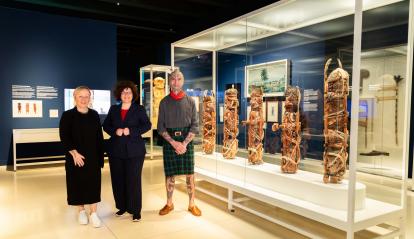
The inhabitants of the Pacific are regarded as exceptional artists, creating beautiful objects for everyday life using a variety of materials such as stone, wood, fibre, shells and textiles. The ocean that surrounds and connects them has not only been their source of sustenance but also a powerful inspiration for their creativity. Fans and fishhooks, bowls, clubs and canoes – almost everything is crafted with great care and adorned with decorations rich in spiritual and profound meaning.
Experts in long-distance travel
Pacific islanders have long been recognised as expert long-distance voyagers, leading cosmopolitan lives well before Europeans arrived in the region. They are also especially noted for their ability to continually create and adapt their artistic forms in response to changing circumstances. This creative resilience is clearly reflected in the way they face the challenges of the 21st century.
The exhibition features both historical artefacts and works by contemporary artists that showcase the richness of Oceanic art. Among the historical and modern pieces are ceremonial paddles and exquisitely carved basalt ancestor figures.
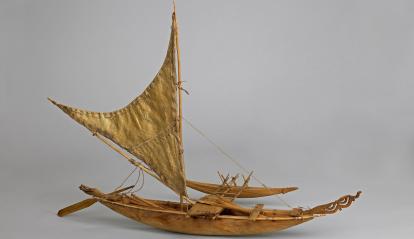
In fact, a quarter of the total number of pieces was created in the last 50 years. Contemporary Pacific artists maintain a connection with the work of their ancestors by preserving and reviving traditional practices such as weaving,carving and tattooing. In some cases, they use their art to draw attention to the challenges facing the region as a result of climate change. Although many indigenous people now live in cities such as Auckland –or even further afield in places like Los Angeles– most retain strong ties to their islands of origin.
The arts of Oceania have inspired admiration in Europe ever since Spanish and Portuguese explorers first sailed across the northern Pacific in the 16th century. Contact with Europeans brought increasingly significant changes to the ways of life of the islanders.
George Nuku: a wake-up call about climate
change and a celebration of life
At the end of the exhibition route, visitors will encounter an installation by Māori artist George Nuku, who has travelled specially to CaixaForum Madrid to assemble Bottled Ocean 2123 – a piece set one hundred years in the future. The work presents his vision of what could happen to our planet. Sea creatures such as turtles, rays, sharks and jellyfish inhabit an oceanic world flooded with plastic.
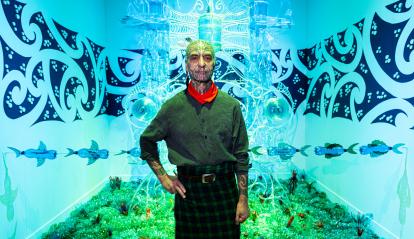
Entirely made of plastic, the installation is both a wake-up call about climate change and a celebration of the life of the seas that connect us. It is filled with marine creatures crafted from plastic bottles and bathed in vibrant light and colour. While it presents evidence of environmental destruction, Nuku also offers a transformative vision of waste that prompts visitors to rethink their relationship with plastic. George Nuku is internationally renowned for his art installations made from plastic bottles.
The exhibition is structured into seven thematic sections, each represented in the museum by vividly coloured walls, with a unique design for each theme:
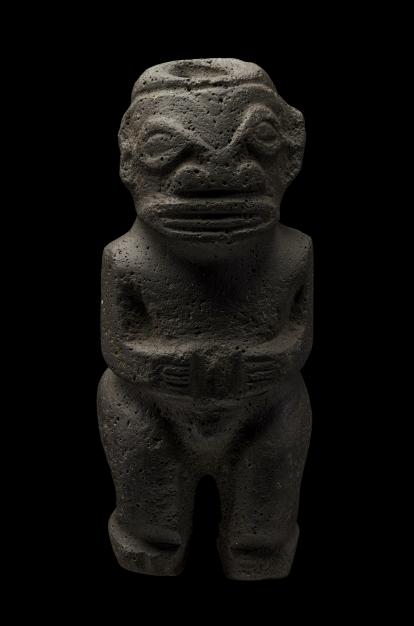
- Introduction
- Innovators: this section explores how these cultures have adapted to migratory
movements and European colonisation through their skill and ingenuity in
incorporating the use of new materials in the manufacture of objects.
- Weavers: focuses on the craftsmanship and intergenerational cultural
significance of woven textiles.
- Dancers: highlights dance as one of the most celebrated forms
of artistic expression in the Pacific Islands.
- Warriors: centres on art that reflects the conflicts these
cultures have faced throughout history, from past wars to the current struggle
against the threat of climate change to many of the islands.
- Carvers: encompasses both objects made for everyday life and
ceremonies, as well as ancestral tattoos.
- Travellers: showcases the complex navigation technologies developed by these peoples based on their deep understanding of the natural world.
Welcome to the Pacific Islands
A large-format map showing the many islands scattered across the Pacific, along with a dozen figures – all of them creative objects made by Pacific Islanders – welcomes visitors to the exhibition. In addition to these objects, most of which feature human faces, photographs of contemporary artists from the Pacific Islands who are participating in the exhibition are also on display. Altogether, they serve to initiate a meaningful dialogue with voices from across the Pacific.
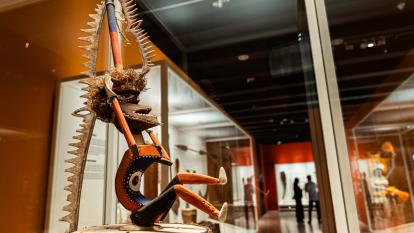
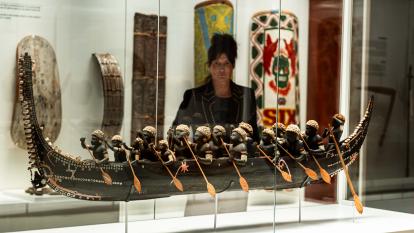
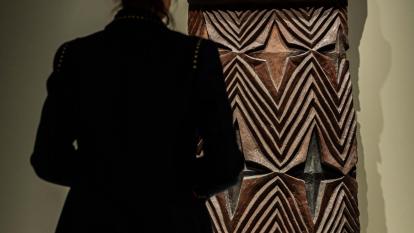
This introductory section presents over a dozen pieces from various islands across Oceania, highlighting the region’s creative diversity. Among them is a notable female figure from a ceremonial house in the East Sepik Province of Papua New Guinea. These houses, built for initiation ceremonies of young men, could reach up to 21 metres in height and housed hundreds of carved figures representing specific clan spirits.
Fnd the rest of the details in the downloadable press kit here.
